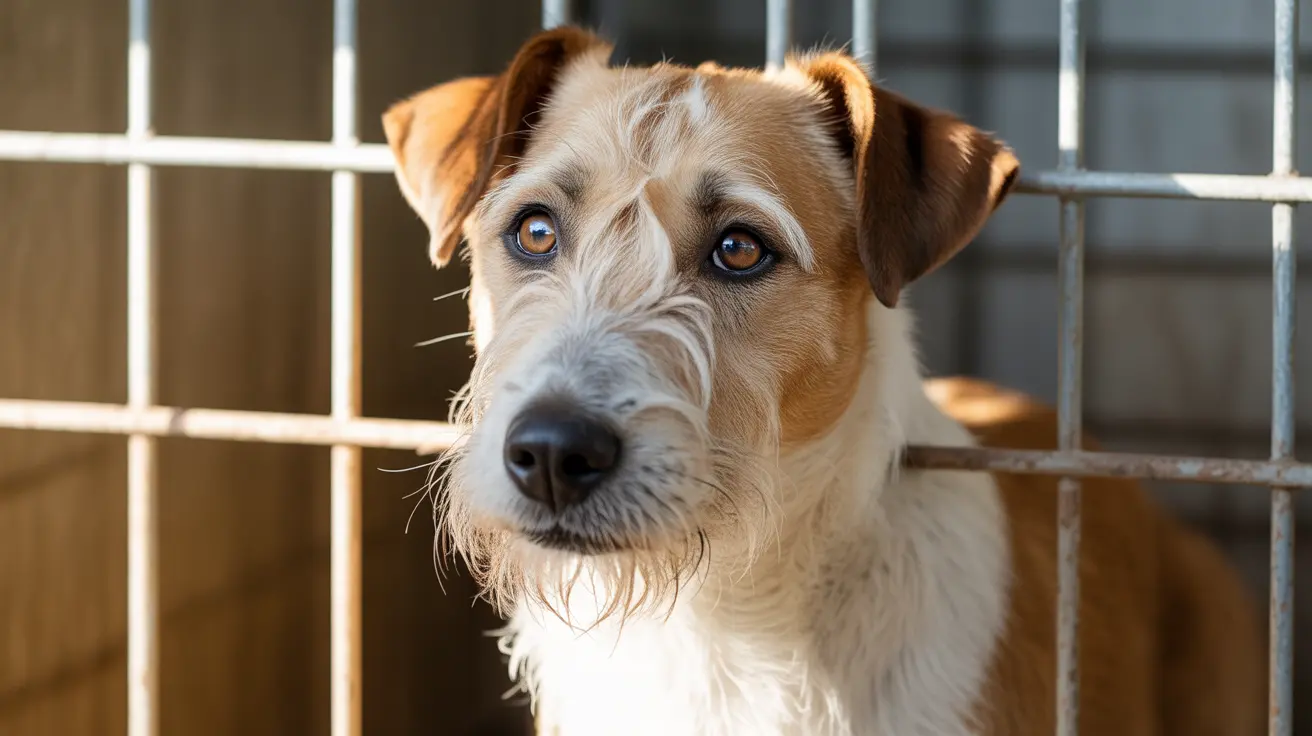Why Does My Dog Put Its Paw on Its Face?
Many dog owners notice their pets engaging in quirky behaviors, one of which includes placing a paw over their own face. While it might seem like an adorable or funny gesture, this action can actually communicate a variety of emotions and physical sensations. Understanding what it means when a dog puts its paw on its face can help you better connect with your furry friend and attend to its needs.
Common Reasons Why Dogs Put Their Paws on Their Faces
- Comfort or Self-Soothing: Dogs may use this gesture to comfort themselves, especially when they are feeling anxious or uncertain. Covering their face can be a self-soothing mechanism much like a human rubbing their eyes or temples.
- Itchiness or Irritation: One of the most practical reasons is that the dog is simply trying to scratch an itch or alleviate some irritation, such as from an insect bite, dry skin, or allergies.
- Playfulness: Some dogs do this during or before play. It can be part of a larger body language sequence that indicates they're in a playful mood.
- Appeasement Gesture: Dogs use body language to signal submission or appeasement within a pack. Placing a paw over the face or even covering their eyes might be your dog’s way of showing they’re not a threat or trying to diffusing tension.
- Grooming and Cleaning: Just like cats, dogs sometimes use their paws to wipe their face or remove debris from their eyes or nose.
- Habit or Learned Behavior: If this behavior has been met with positive reinforcement—like laughs, attention, or treats—it could become a repeated, habitual action.
Understanding the Context
Context is crucial when interpreting dog behavior. Here are some points to consider:
- Frequency: If the pawing is occasional, it’s likely benign. However, regular face pawing may signal an underlying issue like irritation or anxiety.
- Accompanying Body Language: Is the tail tucked? Are the ears back? Is your dog whining or pacing? These behaviors combined can offer clues to your dog’s emotional state.
- Environmental Factors: Consider whether something in the surroundings might be triggering the behavior. Did you recently use a new cleaning product? Is the air particularly dry?
When to Be Concerned
In most cases, pawing at the face is harmless. However, there are times when it may warrant further attention:
- Persistent Scratching: If your dog continuously paws at the same spot, it could indicate a medical issue like an ear infection or skin allergy.
- Visible Discomfort: Redness, swelling, or discharge around the eyes, ears, or nose should be evaluated by a veterinarian.
- Behavioral Changes: If this action is accompanied by changes in eating, sleeping, or personality, a vet checkup is advisable.
How to Respond
If your dog puts its paw on its face occasionally and seems happy overall, enjoy the cuteness. But if you're concerned, consider the following steps:
- Observe: Take note of when the behavior happens and what might trigger it.
- Check for Irritants: Inspect your dog’s face for foreign objects, skin issues, or signs of discomfort.
- Visit the Vet: If the behavior is excessive or accompanied by signs of pain or irritation, consult a veterinarian.
- Avoid Reinforcing Unwanted Behavior: If the pawing is a learned behavior and becomes repetitive, try redirecting your dog’s attention with a command or a toy.
Conclusion
A dog placing its paw on its face can carry a spectrum of meanings—from a simple itch to a reflection of mood or habit. By paying attention to the context and your dog’s overall behavior, you can decode what your pet is trying to tell you and provide comfort or medical care as needed. Sometimes, it’s just a quirky trait that makes them even more endearing.





